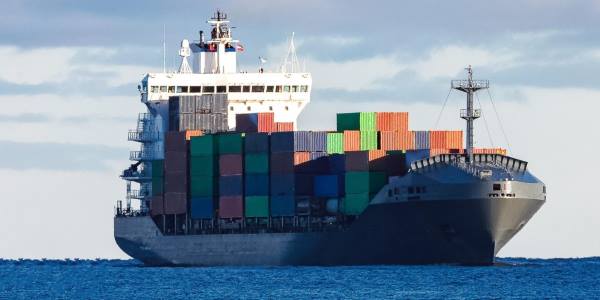Honduras updates plans for interoceanic rail corridor. Is it possible?
By Bufete Mejía & Asociados

Honduras has announced plans to update its project for an interoceanic rail corridor that would connect the Atlantic and Pacific oceans. The project has been in limbo for several years, but the current administration is looking to making it a reality.
Pre-construction studies for the rail corridor will be carried out in 2024, according to Héctor Zelaya, assistant to the president. Zelaya said the plans are being updated and that the government will provide the resources and personnel needed to complete the project.
The rail corridor would pass through three key points: Cortés, Castilla, and Amapala. The latter has the potential to dock post-Panamax ships, making it a strategic location for the project.
Several countries are interested in the project, including the United States, Spain, Japan, China, and some in the Middle East.
The interoceanic rail corridor would complement the Panama Canal, which has depth limits that restrict operations. The rail corridor would provide an alternative route for cargo ships, which would help to reduce congestion and improve transportation efficiency.
However, constructing an inter-oceanic corridor would present a variety of challenges and difficulties, such as environmental impact, risk management, financial resources, technical challenges and even social issues, as land acquisition and potential displacement of local communities are common challenges in large infrastructure projects.
Also, one of the first key aspects that needs to be taken into account are the regulatory and legal issues, among them regulations related to water rights, shipping, environmental protection, labour and employment and taxing and revenue. These issues can be complex and multifaceted, involving various aspects of international and domestic law.
Intellectual Property and technology transfer are also among those items to be studied. If the corridor involves advanced technologies or innovations, intellectual property rights and technology transfer agreements may come into play. Negotiating agreements related to the use, sharing, and protection of intellectual property is important, especially if foreign companies are involved.
